Physical Address
304 North Cardinal St.
Dorchester Center, MA 02124
Physical Address
304 North Cardinal St.
Dorchester Center, MA 02124
Do you feel confident about your openings? What if your first ten moves weren’t guess-work anymore? How much would that change your game?
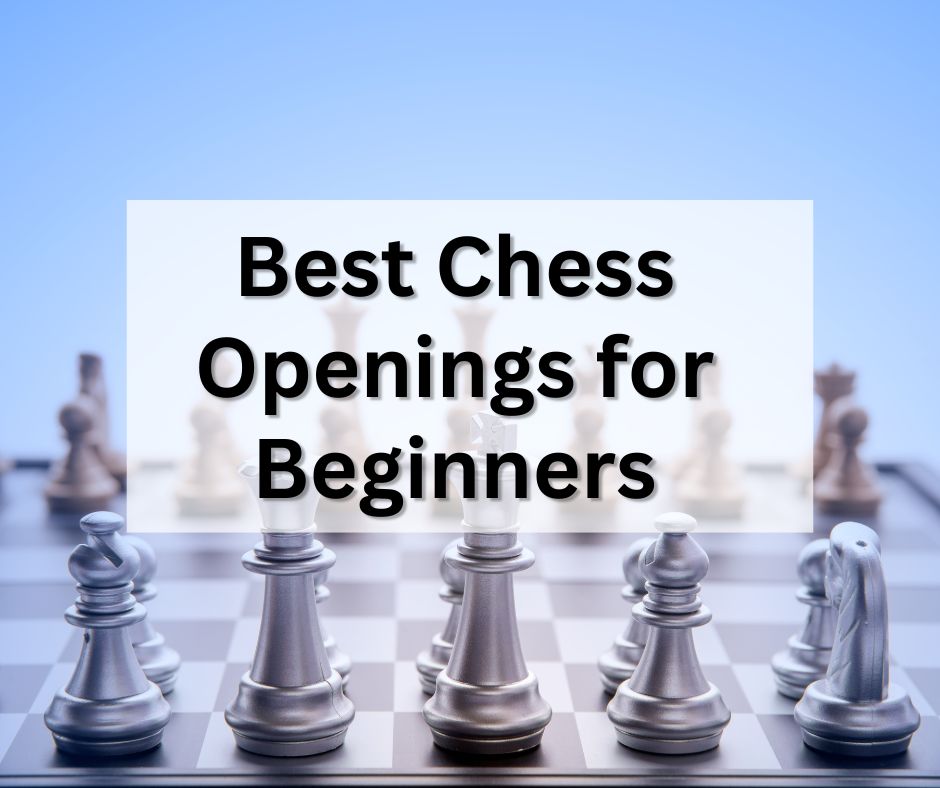
For beginners, the opening phase of a chess game often feels like a mystery. But here’s the catch: it doesn’t have to be. Instead of memorizing countless variations, you can focus on a few key openings. If you choose right, they’ll cover almost every opening you could ever face, and with a lot less work.
In this article, we’ll first list of few of the best chess openings for beginners. , Then we’ll cover how to choose the right openings for your style. Next, we’ll learn how to practice them like a pro. Last, I will give you my personal recommendations, along with a few options to mix it up.
Contents
The best chess openings for beginners are easy to understand. Plus, they help you develop your pieces with no wasted moves. And, of course, they follow the fundamental principles of the game.
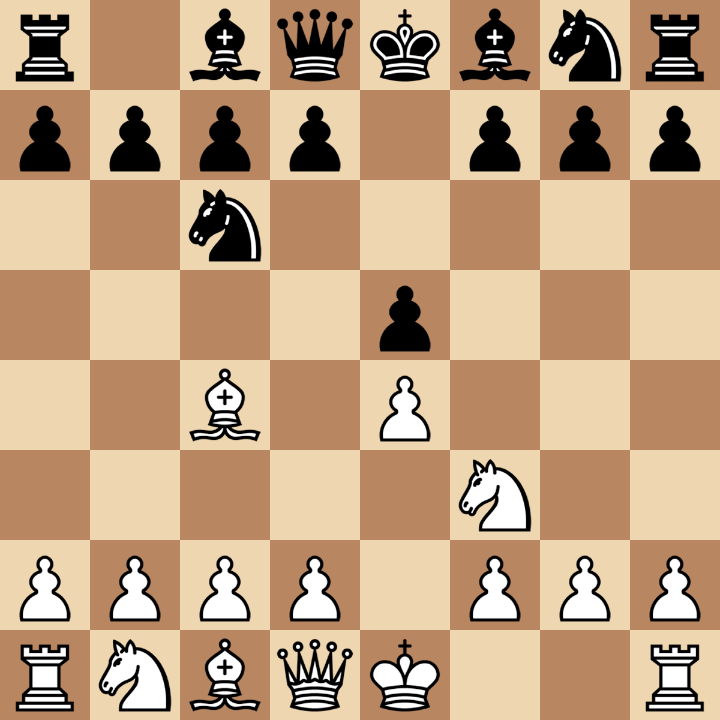
For opening as white, the most common recommendation has always been the Italian Game (1. e4 e5 2. Nf3 Nc6 3. Bc4). There are several good reasons for this. First, it focuses on rapid development. Second, it fights for control of the center. Third, it prepares for straightforward attacks. The only downside is that you’ll need to learn a few variations, as black has several good responses.
For something more universal, try the London System (1. d4 followed by 2. Nf3 and 3. Bf4). It’s a solid, versatile system that works against most black responses. Plus, it avoids the complex theory of other openings, like the Italian or Ruy Lopez.
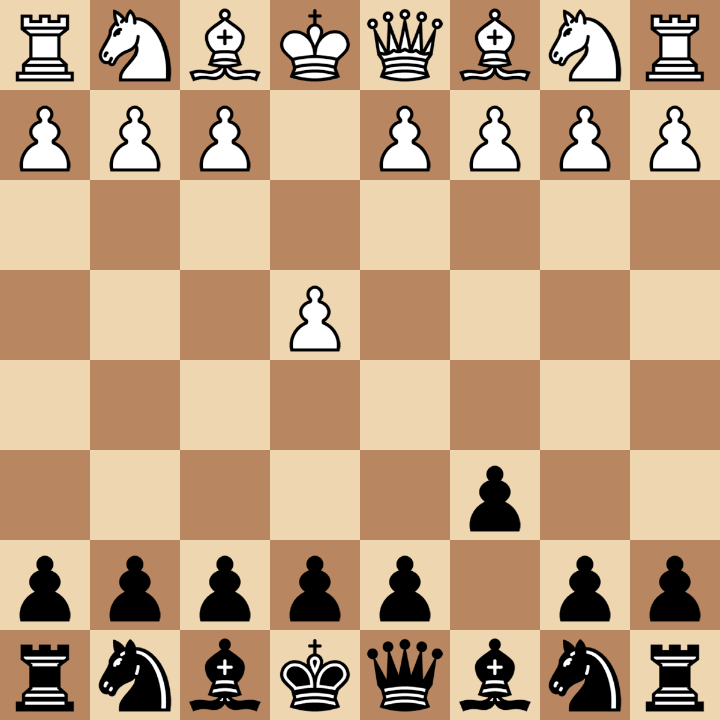
For black, beginners can rely on the Caro-Kann Defense (1. e4 c6) against 1.e4, which offers solid pawn structure and clear development plans.
Against 1.d4, the Queen’s Gambit Declined (1. d4 d5 2. c4 e6) is a classic choice. Unfortunately, it won’t work against the London System. This means you’ll need a response to that opening.
If you want something more universal against 1.d4, the Dutch Defense is the perfect choice. Your first move forces your opponent into less familiar territory. That makes your job much easier.
The above list would make a decent repertoire. But let’s dive deeper into what makes an opening work, and how you can your repertoire a winning one. And when that’s done, I’ll share with you my absolute favorite openings, and why they could work for you as well.
So, what are my key criteria for selecting the best chess openings for beginners? Here are the characteristics I look for:
If you play a standard opening like the London System (1. d4 and 2. Nf3), you’ll find that it works against most common responses, whether your opponent plays 1…d5, 1…Nf6, or other moves. This flexibility means fewer openings to study.
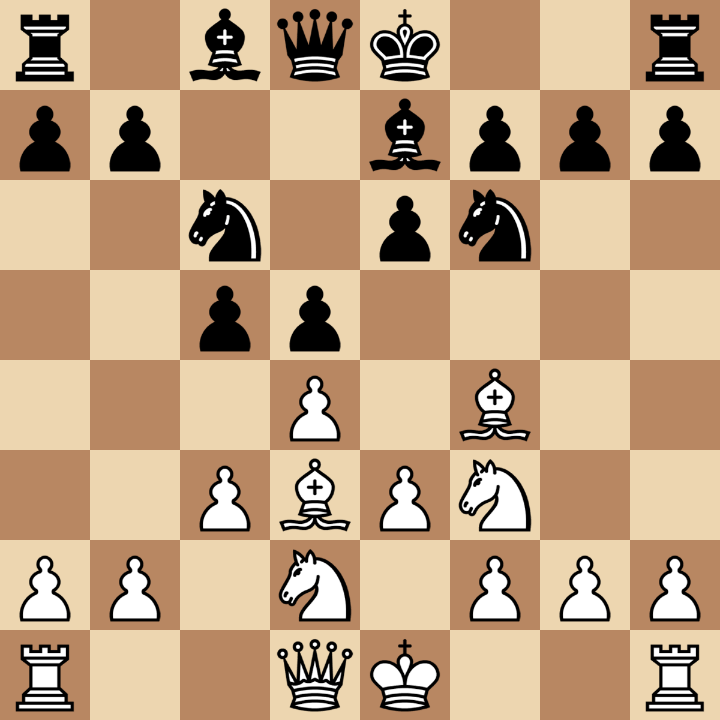

An opening should also be quick and easy to learn. Beginners shouldn’t try to memorize dozens of variations. Instead, they should focus on lines that have fewer responses. This reduces the number of variations within each opening, which leads to less study time.
For example, the Scandinavian Defense (1. e4 d5) slices away a huge percentage of white’s options. First, you leave yourself with just one opening to learn against 1.e4. Second, this opening is so straightforward that there’s less to learn than with other openings.
Do you prefer quick, tactical play and enjoy launching attacks? If so, the Italian Game or Vienna Gambit might be for you! They both lead to sharp positions and lots of tactical fireworks.
Do you favor a quieter, more positional approach with steady development? Say hello to the London System and the Caro-Kann Defense! They both provide solid, strategic structures and positional maneuvering.
The opening you choose should set the stage for a middlegame that suits your strengths. No matter your playing style, you can find openings to suit you.
The three criteria I listed above are the most important. However, I have a couple more “nice-to-haves” that come in handy, especially for beginners.
A good opening for beginners should be solid. It should be reliable and not susceptible to common traps or devastating counterattacks. For instance, the Caro-Kann Defense (1. e4 c6) is famous for its resilience because its pawn structure holds well against attacks. This helps avoid early blunders and keeps you in the game.
As a beginner, you don’t want to get caught in positions where you’re unsure of what to do next. Some openings provide clear development paths and immediate goals. This can include preparing a specific pawn break. King-side or queen-side expansion. Fighting for particular square for your knight to sit on.
It’s critical to know what middlegame plans your opening can lead to. This saves you time and prevents mistakes over the board.
Many new players obsess over openings. They believe that memorizing a large number of them will immediately make them better. While openings are definitely important, they rarely decide a game on their own. This is why I like to limit the effort I put into them.

The true goal of the opening is NOT to “crush” your opponent. The actual goal is to reach a playable middlegame.
It’s fun to cream your opponent right out of the gate, but even the best openings can’t guarantee victory. You can come out of the opening worse, and still win. And you can come out better, and still lose. Here’s why.
Tactics play a crucial role in chess. If you’ve opened well but miss a tactical shot during the middlegame, you could lose on the spot. Or you could win because your opponent does the same thing. For beginners, learning tactics is far more important than mastering lots of openings.
Additionally, a solid understanding of endgames is essential. When you reach the endgame you have to know how to checkmate or convert an advantage. Otherwise you’ve wasted all that opening preparation.
Finally, strategy is more critical than openings. Even the best opening will fail if you don’t understand the following:
It’s tempting for players of all levels to focus on the opening. After all, it’s more fun to play with an advantage from the start. But don’t neglect the other facets of the game. You can recover from a weak opening. Weak tactics, strategy, or endgame skills will cost you a lot of games, though.
This is why I choose openings that take less time to learn and apply to more games. That way I can spend more time on other skills.
Learning opening principles is essential for beginners, more so than memorizing opening theory. This is true whether you’re playing a sharp, aggressive opening or a more solid, positional one. Let’s break down the key principles that form the foundation of every good opening.
The center of the board—the squares d4, d5, e4, and e5—is the most crucial area in chess. Controlling the center gives your pieces greater mobility and better attack chances. On the flip side it can also restrict your opponent’s movement.
There are two ways to control the center. The first is to use your pieces and pawns to attack central squares. The second is to attack or trade off your opponent’s pieces that are doing the same.
For example, in the Italian Game , the early pawn moves to e4 and e5 immediately contest the center. Meanwhile, the knight and bishop support that control.
If you gain control of the center, you can then begin to occupy it. This is often the first step toward a winning attack.
Efficient development of your pieces is another key principle in the opening. This means bringing your knights, bishops, and other pieces to active squares. Don’t move the same piece twice early in the game, as this wastes time (not without a good reason, anyway).
The goal is to get all your pieces into play so they can support each other. Get all your players off the bench before launching an attack!
In openings like the Caro-Kann Defense, the development plan is simple. First you develop your knights and bishops, while maintaining a solid pawn structure. Then castle, followed by rook and queen development.
King safety is one of the most important aspects of a successful opening. A vulnerable king can lead to a quick loss, so one of the best ways to ensure its safety is by castling early. Castling protects the king, but it also connects your rooks. This lets them become active pieces later in the game.
Castling happens most often on the kingside. In some openings, queenside castling may be an option depending on the position. In rare cases, castling may actually be bad idea, such as when both the flanks are wide open.
Pawn moves are essential in the opening to establish space and control. But too many pawn moves can weaken your position. Pawns can never move backward, so these weaknesses are hard to fix.
You should move each pawn only once unless there’s a specific purpose. (For instance, if your opponent moves their own pawn for a second time, as in the Caro-Kann Advance Variation.) Remember that excessive pawn moves can leave gaps in your defense.
Having a checklist of principles to guide your opening moves can help ensure you stay on track. Here’s a simple checklist to guide your opening play:

Your opening is complete once you’ve accomplished all these steps. Except for rare occasions, it’s best not to launch an attack until you’ve checked off all these items. Your pieces need to support each other, and they can’t do that from the back rank.
It’s tempting to dive into the vast world of chess openings and try to learn as many as possible. But the key to becoming a stronger player early on is to simplify your opening choices. Focus on a limited repertoire of openings. This will give you a solid foundation as you build other aspects of your game.
Beginners should stick to a few core openings. You don’t need to memorize dozens of complex lines or obscure variations. Concentrate on learning one opening for White, plus one opening for Black against both 1.e4 and 1.d4. This will cover the vast majority of your games, and that’s all you need.
Note: against 1.c4 and 1.Nf3, you can either use your response to 1.d4, or find separate responses for each. Flank openings like 1.g3 and 1.b3 are easy to respond to. Put your pawns in the center (d5 and e5) and protect them with a knight and a bishop.
While I’m not a beginner, I still prefer using a limited repertoire. It gives me the time and energy to learn them in depth. The other benefit is familiarity. By playing the same few openings, I gain an edge over opponents who don’t see those positions as often.
There are two major approaches to openings: systems and variations. Understanding the difference between them can help you select your opening repertoire.
An opening system is a flexible plan that aims for a specific structure.
Opening systems appeal to beginners because they simplify the learning process. Instead of memorizing dozens of variations, you focus on moving your pieces to their pre-ordained squares. These systems tend to be robust, solid, and easy to grasp, making them a great starting point.
Each system comes complete with its own middlegame plans as well. Once you get used to a particular system, the moves almost play themselves.
Some popular opening systems include:
Again, these systems aim for the same structure, regardless of the opposing moves. This makes them particularly useful for beginners. But they are good enough openings that even grandmasters use them.
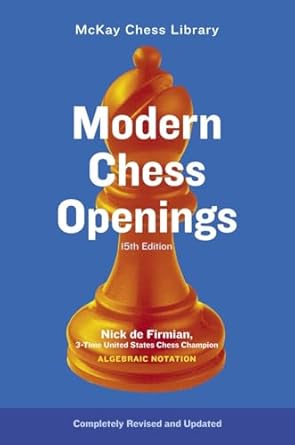
An opening variation is a specific line of moves that branches off from a particular opening. They are often referred to as “opening theory”. Unlike systems, variations call for specific responses to your opponent’s moves. This means a lot more memorization.
For example, in the Ruy Lopez (1. e4 e5 2. Nf3 Nc6 3. Bb5), there are at least ten variations based on Black’s responses, each heavy with its own theory.
The key to variations is that you need more study time. You’ll need to memorize responses to each possible move, which can number in the hundreds.
For beginners at least, opening systems are the way to go. As you gain experience, you can expand into specific variations. By then, you’ll be better prepared to handle more complex positions.
Learning an opening is much more than memorizing moves. You need to understand the key strategies and tactics behind the opening. Only then can you apply them with confidence during your games.
Here’s a step-by-step guide to help you learn an opening in a structured, efficient way.

The first thing I do is watch a couple of YouTube videos to see if the opening appeals to me. If it leads to the sort of games I don’t like to play, I can look for a different opening. Otherwise I’ll watch a few more videos to make sure I get the gist of it.
It’s also important to find out how many main branches the opening can split into. For instance, the Caro-Kann has three main variations depending on how white responds. The first is to push the e-pawn (Advance Variation). Second is to trade the e-pawn (Exchange Variation). Third is to protect it (leads to either the Tartakower Variation or the Fantasy Variation).
The more variations your opening has, the more you’ll have to learn.
For each variation, I like to memorize at least one “model” master game. This game should come from the main line of the variation. It should also serve as a good example of how to win with the opening.
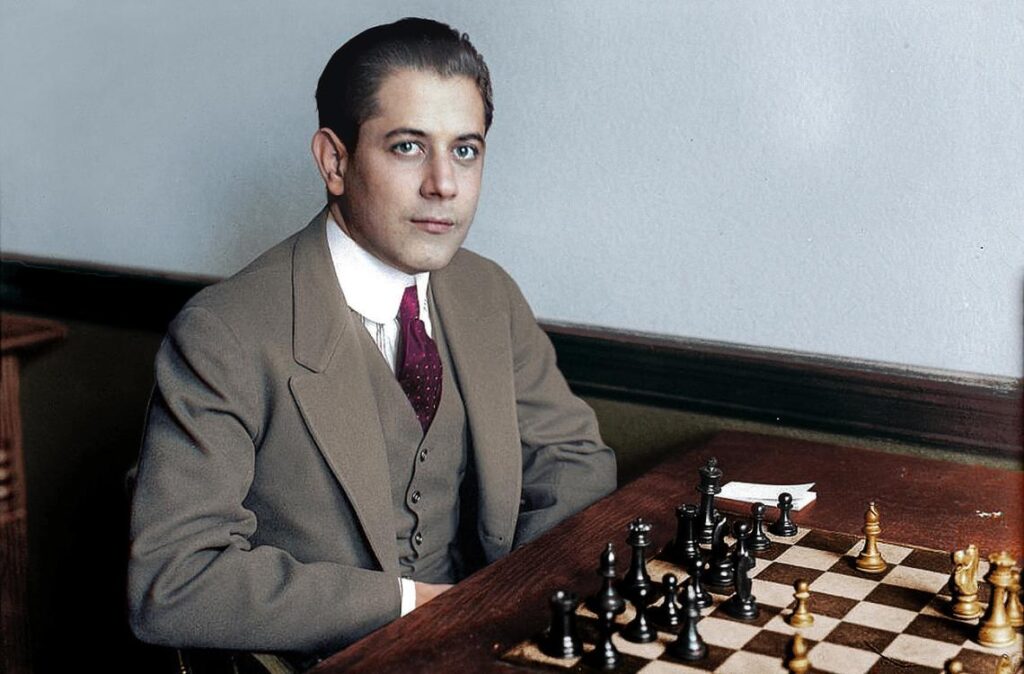
This model game serves two purposes. First, it acts as a “trunk” to which I can add new branches of learning later. Second, it hammers home the opening’s standard tactics and strategies.
This may sound like a waste of time, but I promise it’s not. Internalizing the opening’s main ideas leads to much easier games. That’s because the same tactical motifs come up again and again. This is true even when your game branches off in unexpected directions.
Practicing against bots is an easy way to drill your new openings. Bots don’t play like humans, though, so you’ll need to start playing people at some point.
I don’t recommend blitz games for practicing openings. Ten or thirty minute games are better, as players don’t usually go for cheap shots in the longer time controls.
After each game, analyze it with your engine of choice. Pay attention to where you went “off book.” Was it deliberate? Was it a mistake? What was the best move? Once you answer these questions, you can ask the most important one: why is that move better? Is it tactical? Strategic?
Which leads to the next point:
One beginner mistake is relying on rote memorization. You must understand the reasons behind every move. Memorizing move sequences is great, but it’s limited. It fails as soon as your opponent plays something unexpected.
This is why a dedicated course in the opening of your choice is well worth the money. YouTube videos are a great place to start, but their main purpose is to get views. Entertainment and attention are the main goals; teaching is secondary.
But a well-designed course can go in depth the way a free video never does. A course has to deliver, or the author risks going broke.
If you can’t afford a course, you can still learn from YouTube. But make sure you choose a knowledgeable source. More than one if you can.
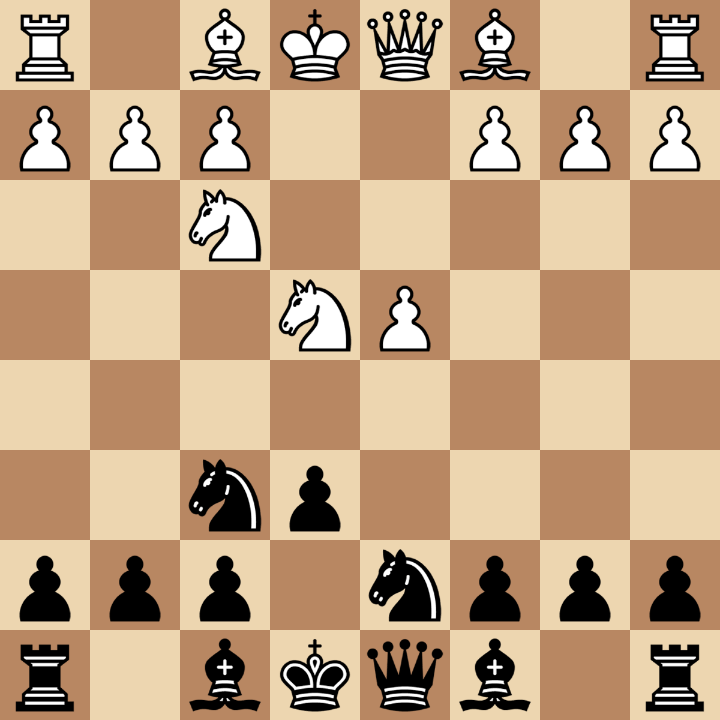
As you continue to play the opening, you may find the number of variations overwhelming. When this happens, I like to “trim the tree” by selecting more forcing lines. When I played the French Defense, I opted for the lesser-known Blackburne Defense. This merges two of White’s options (the Paulsen and Tarrasch variations) into a single line. That meant I became very familiar with it.
This brings up another point. Even if a chess engine says your chosen line isn’t great, you’ll still have the advantage of familiarity. It’s like having a home-field advantage.
Every opening leads to one or more typical structures on the board. These structure lend themselves to particular strategies and tactics. When you learn these patterns, adopting clear, actionable middlegame plans becomes easier.
The opening phase dictates the pawn structure and piece placement. Your strategic planning should flow from that structure. Here are some examples of the types of plans that arise from various openings.
In the Evans Gambit, White trades the b pawn for rapid piece development. The resulting open lines and diagonals lead toward Black’s king. That means White must prevent Black from castling, even at the cost of a pawn or two. This should culminate in a direct attack against the exposed black king.
The Colle System often sees White plant a knight on e5, daring Black to try to remove it. Meanwhile, White will move the heavy pieces to the kingside, looking for a checkmate.
Black’s typical plan in the King’s Indian Defense is a pawn storm against White’s king. White’s plan is to expand on the queenside and create weaknesses in Black’s pawn structure.
When studying middlegame plans for your opening, you must study both sides. You have to stop your opponent’s plan as well as execute your own.
Again, for deeper understanding, it’s well worth the time and money to buy a course from a reputable author. You find the same information from YouTube, but even the best videos tend to scratch the surface at best.
You can master your chess openings much faster with a a few extra resources. Here’s a list of some excellent books and online tools that can speed up your learning. Use them to gain an advantage over your opponents!
Books may be old-school, but they can still teach you a thing or two about openings. In fact, they tend to go much more in depth than most videos. Here’s some that are well-suited for beginners.
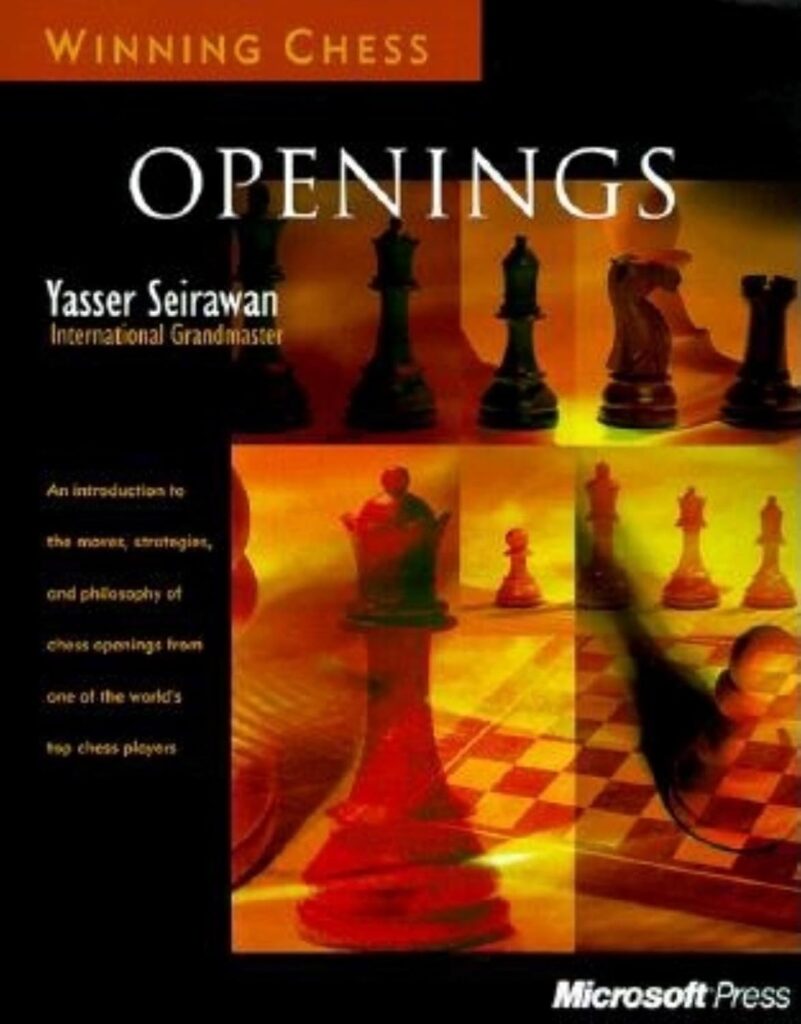
The Internet didn’t exist when I started playing chess. Now we have interactive tools, tutorials, and game databases that make learning openings so much easier! Here are a few platforms you might find helpful.
I love courses. Why? Because they go far more in depth than YouTube videos can. Single videos on YouTube give great introductions. But if you want to cover all your bases, you need a lot more than one video. Course go over all the variations, and provide plenty of master games to study. Here are a few course providers I’ve found helpful.
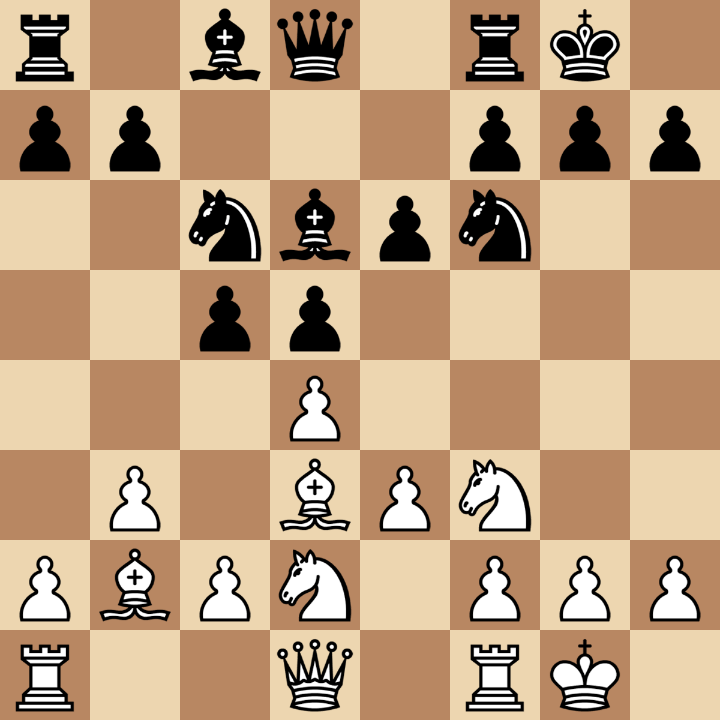
As promised, here is my personal opening repertoire. While I’m not a beginner, I still approach openings the same way. I refuse to squander my limited time on openings, as there’s so much more to learn, even after fifty-plus years.
As White, I play the Colle System because it works against almost any Black response. Plus it offers at least three different middlegame plans. I used to play the London System, but I found the Colle System has better attacking chances. Also, the London is so overplayed that almost everyone knows how to defend against it.
As Black, I answer 1.e4 with the Caro-Kann. I recently switched from the French Defense because I found it very cramped. I need to play a lot more games to decide whether I want to continue with the Caro-Kann, but so far it’s been promising.
Against 1.d4 I currently play the Nimzo-Indian Defense. Black can often post a knight on e4 and stabilize it with f5, which can lead to a kingside attack if White is not careful.
I’ve played many other openings in the past, some of which I would still recommend to beginners.
The Ruy Lopez Exchange Variation can surprise Black. At the same time, it reduces the number of possible variations you need to study. Bobby Fischer made good use of this opening in his career, so you know it’s playable. But you do need to prepare for Black’s other responses to 1.e4 as well.
The King’s Indian Attack as White is well worth pursuing. Think of the King’s Indian Defense, but with an extra move. If you like constricting your opponent into oblivion, this opening might be for you.
The London System is still a great option for beginners, even though it’s overplayed. It’s solid, and can lead to some fun kingside sacrifices. Plus it removes the need to study a bunch of different openings for White.
The Scandinavian Defense is a solid response to 1.e4. Again, its main value is reducing the number of lines you need to study, as White’s has limited responses. Black, though, has a lot of options. You can play a slow positional style, or choose from a couple of exciting gambits if you prefer attacking.
The Pirc Defense is another good response to 1.e4. White has a few ways to respond, and you need to prepare for all. You also need to study the tactical patterns that follow Black’s pawn break to e5.
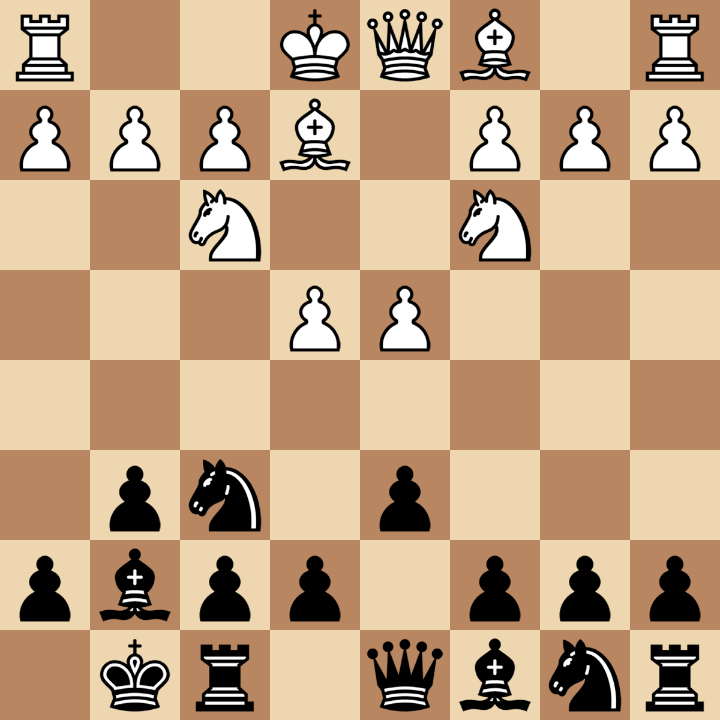
Against 1.d4, the King’s Indian Defense is strong. Again, it has lots of lines to learn, but if you pair it with the Pirc you can save a bit of time. The resulting pawn structure is similar for both.
I have also seen a universal system for Black that may be worth trying. I haven’t investigated it myself yet, but it looks promising. It begins like a Pirc or King’s Indian but transposes into a line of the Philidor Defense. Here’s a video of it for you to check out:
Gambits can be a great weapon for the beginner for a few reasons:
Some gambits are better than others, though. Here’s a list of gambits that work well for beginners:
It may seem odd that I’ve listed three gambits by Black, but only two by White. This is by design, as most of White’s gambits come several moves into the game. This makes them less valuable for reducing the number of variations you need to learn. They can still be potent weapons, though, so don’t shy away from them if they appeal to you.
So there you have it. The best chess openings for beginners are those that match these criteria:
My hope is that selecting and perfecting your opening repertoire won’t feel so daunting now. But if you want a little more guidance, I have one more recommendation for you. Check out GM Igor Smirnov’s excellent courses on chess openings. These courses focus on opening understanding vs mere opening knowledge. And that will win you more games.